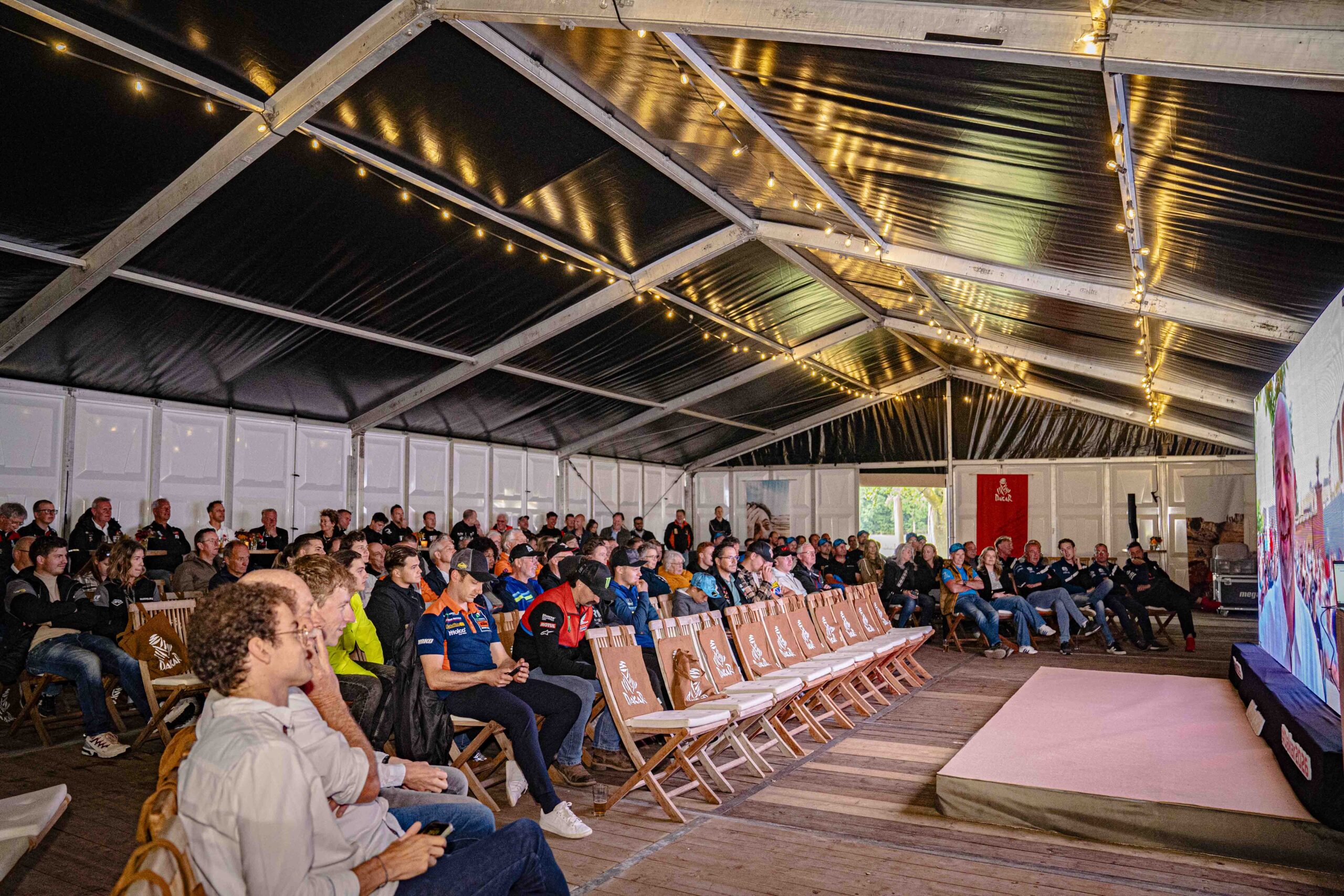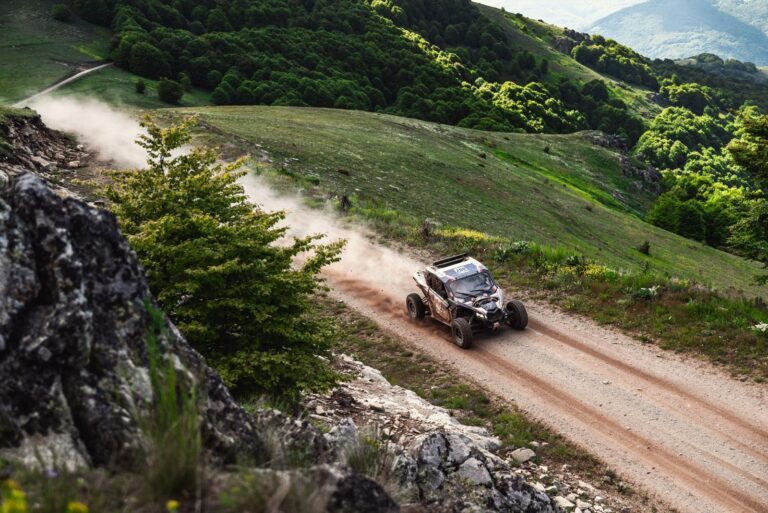On January 3, 2026, the roar of engines will once again echo through Yanbu on the Red Sea coast, marking the start of the 48th edition of the Dakar Rally. After six consecutive editions in Saudi Arabia, the organisers have unveiled a brand-new route. The result? An XXL loop of approximately 8,000 kilometres — 5,000 of which are timed specials — starting and finishing by the sea. The layout appears to focus on an efficient yet demanding structure for competitors, service crews, and partners alike.
The route: a desert loop
The 2026 route is a careful balance between adventure and logistics. A total of eight bivouacs are planned, including four loop stages and a traditional rest day in the capital, Riyadh. From Yanbu, the caravan ventures inland across gravel flats, sand dunes, and treacherous rock plateaus. As in previous editions, the route will test the physical and mental resilience of both man and machine.
However, the newly presented route also raises some eyebrows. While the organisers emphasise that much of the course is brand-new, several of the most iconic elements that helped define the Dakar’s identity in Saudi Arabia are notably absent. The Empty Quarter — long the setting for ultimate dune driving and complex navigation — has been completely excluded. Similarly, skipping the rugged terrain of the western provinces, known for their true ‘outback feel’, may feel like a loss to rally purists.
Marathon stages bring back the adventure
The so-called “marathon-refuge” stages are set to be the rally’s key challenges this year. Scheduled once in the first week and again midway through week two, these back-to-back stages require competitors to rely solely on each other. Overnight stays take place under basic conditions: just a tent, sleeping bag, and limited rations — reminiscent of the notorious 48h Chrono stages from 2024 and 2025. Outside technical assistance is strictly prohibited.
Split routes for safety and fair play
In four of the 2026 stages, bikes will follow a different route than cars and trucks. First introduced in 2021, this method helps avoid dangerous overtaking situations and increases the navigational challenge for all categories. It also eliminates strategic benefits from late starts: a win on day one may very well lead to struggles on day two.
Dakar Classic: A tribute to the past
Now entering its sixth edition, the Dakar Classic continues to grow. What began in 2021 as a tribute to rally history has become a staple of the bivouac. Vehicles from the 1980s, 1990s, and early 2000s (up to model year 2005) will cover 7,000 kilometres in 2026 — 4,500 of them timed. Competitors are grouped based on experience and vehicle type, resulting in a unique mix of seasoned rally veterans and passionate newcomers.
Peterhansel returns to Dakar
The Dakar remains true to its roots: not only for factory teams but also for everyday adventurers. The renewed Stock category (Production class) now allows minor technical upgrades, drawing interest from brands such as Land Rover. Three Defenders will line up at the start — including one driven by none other than Stéphane Peterhansel. With 14 Dakar wins to his name, “Monsieur Dakar” is aiming for a comeback alongside Rokas Baciuška and Sara Price, in a class designed for accessible competition.
Mission 1000: Dakar as a testing ground
Finally, Mission 1000 also makes its return — the innovation program where prototype vehicles with alternative powertrains face daily test loops under real Dakar conditions. From hydrogen-powered trucks to electric buggies, this initiative builds the rally-raid of tomorrow. In an era where sustainability is increasingly vital, the Dakar Rally offers a glimpse into the future of off-road motorsport.


